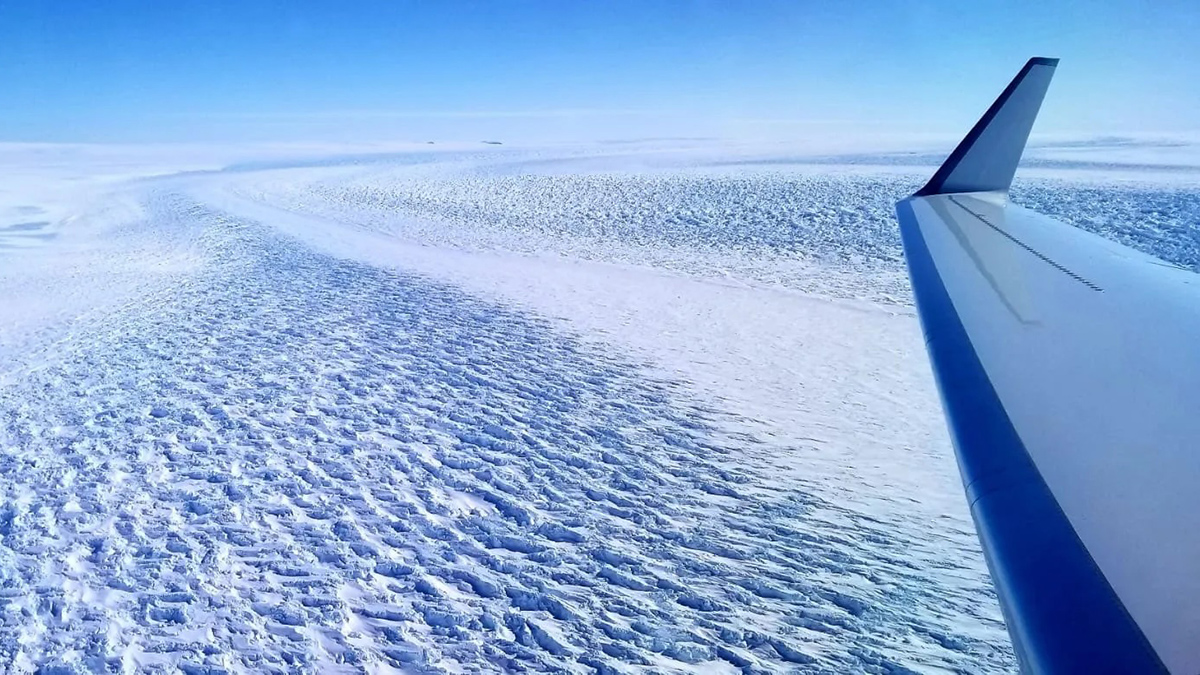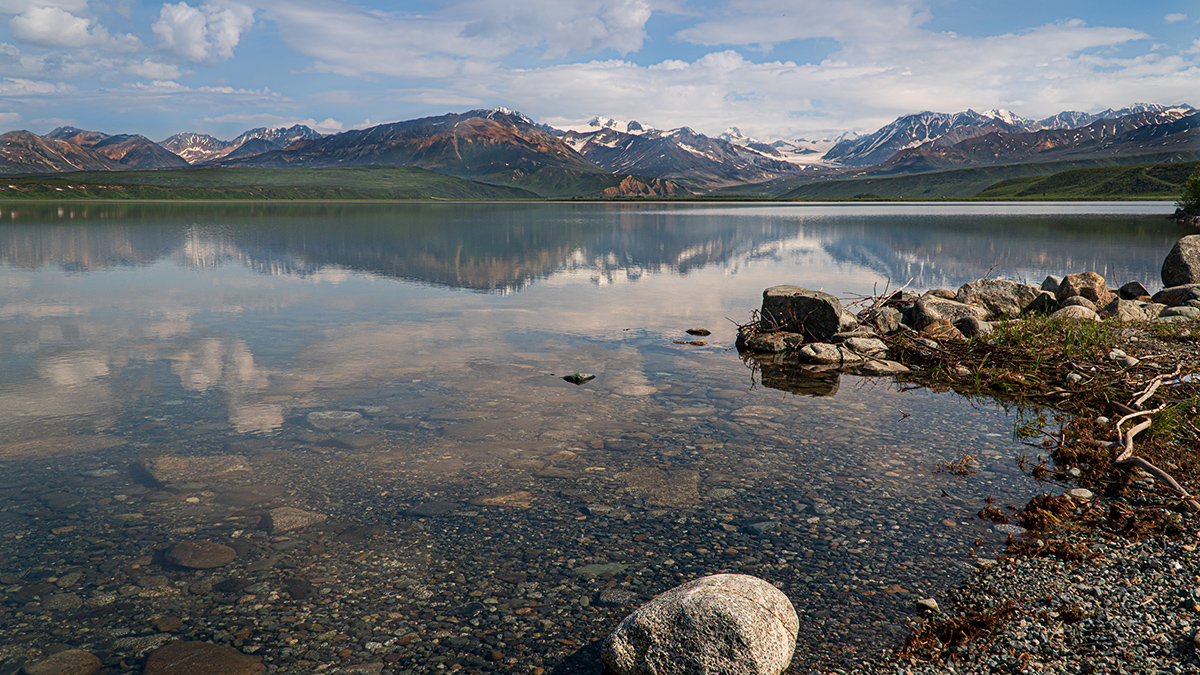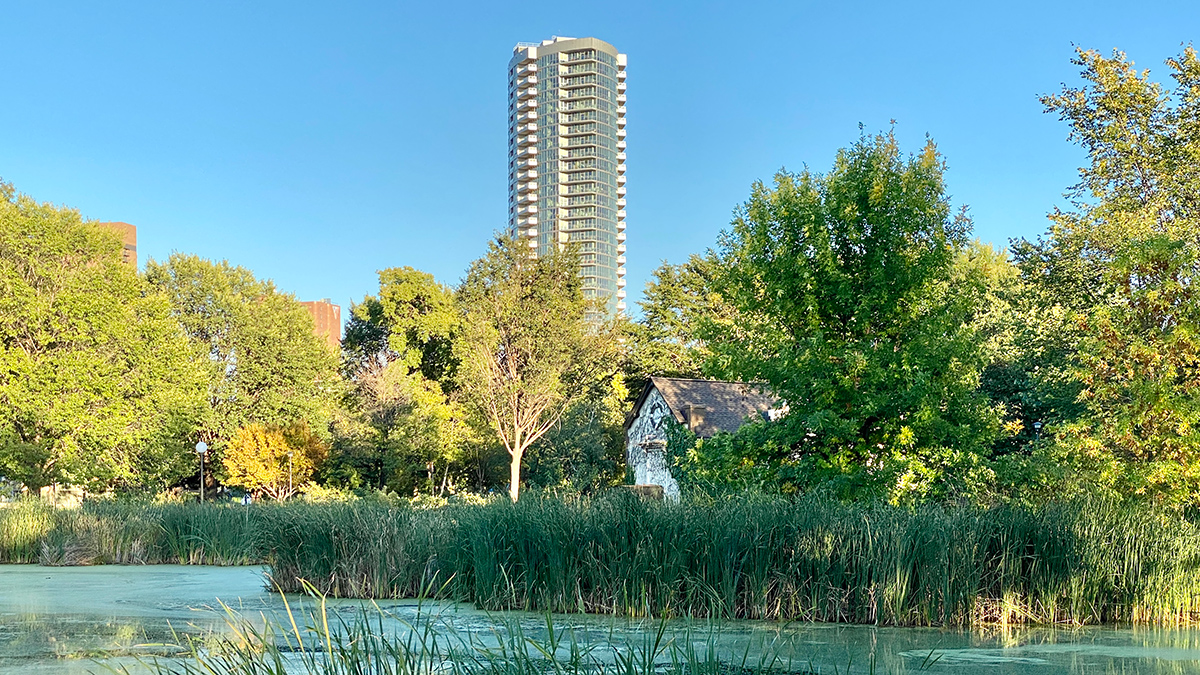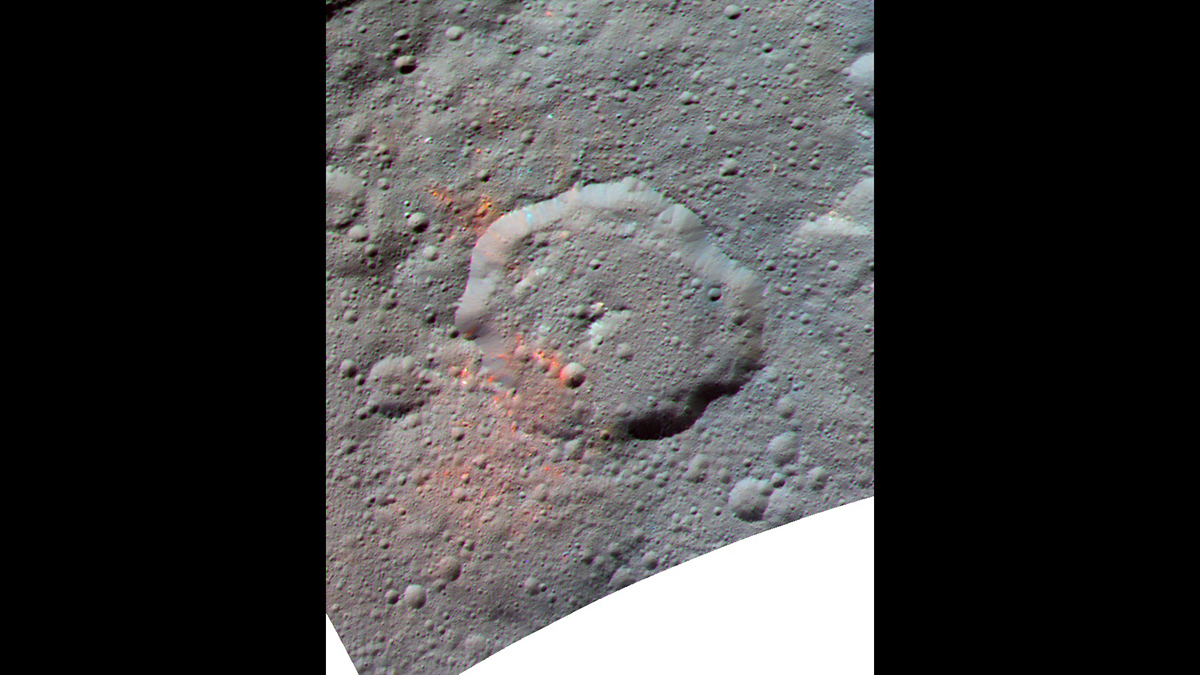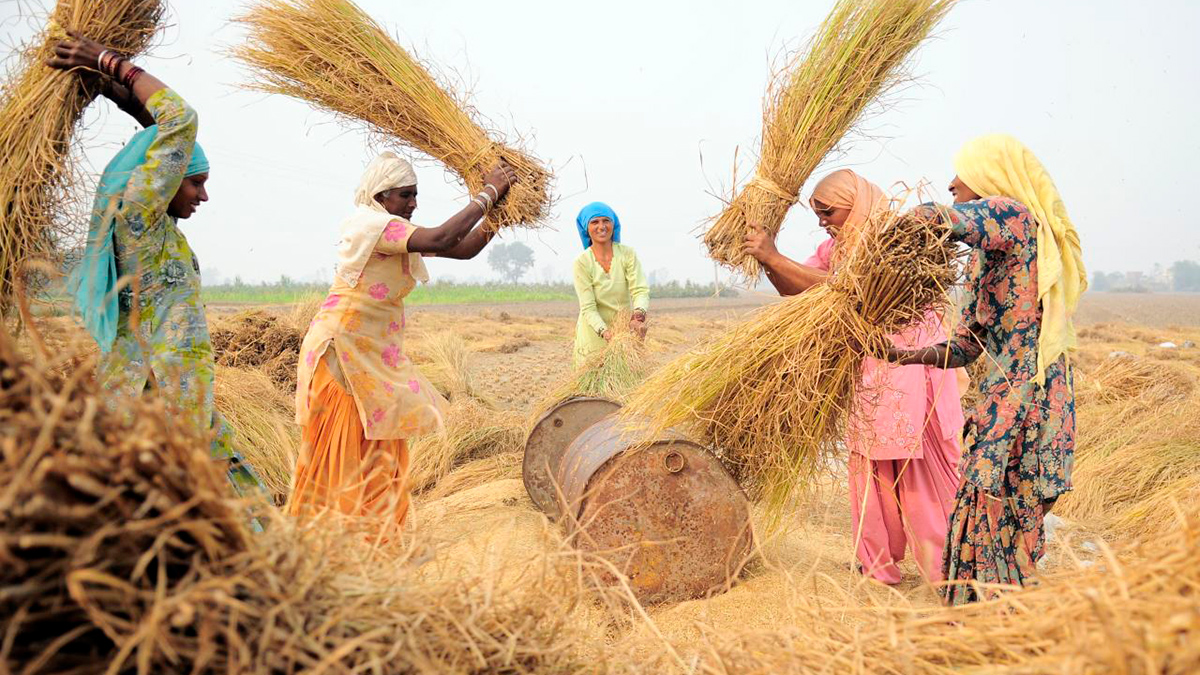Between 15 million and 6 million years ago, a drop in ocean crust production may have lowered sea level by 26–32 meters.
Research Spotlights
Research spotlights are plain-language summaries of recent articles published in AGU’s suite of 24 journals.
A Warming Climate Is Shifting Eurasian Drought Conditions
Researchers use tree ring records to help reconstruct hydroclimate patterns and isolate drivers of drought.
Alaska’s Lakes and Ponds Reveal Effects of Permafrost Thaw
A new dataset provides a powerful method for easily tracking changes in permafrost.
Jupiter’s Moon Callisto Is Very Likely an Ocean World
A closer look at previously disregarded observations reveals stronger evidence that a deep ocean lies beneath Callisto’s icy surface.
Trees Can Cool Cities, But Only with a Little Help
To get the benefits of trees, city managers must give greenery what it needs to thrive, says new research.
Ceres’s Organics Might Not Be Homegrown After All
Scientists have been unable to determine whether the dwarf planet’s organics were produced by its own chemical processes or delivered by asteroids. New evidence implicates asteroids.
太阳辐射干预策略如何影响农业?
地球工程方法,如平流层气溶胶注入,有望抑制气候变暖,但存在许多潜在风险和担忧,其中它们对农业的影响在很大程度上仍未得到探索。
Ancient Climate Reconstruction Links Past and Future
A new map of climate conditions during the Pliocene epoch—the last time Earth’s carbon dioxide concentrations hit 400 parts per million—could offer clues about possible climatic changes in store for the 21st century.

